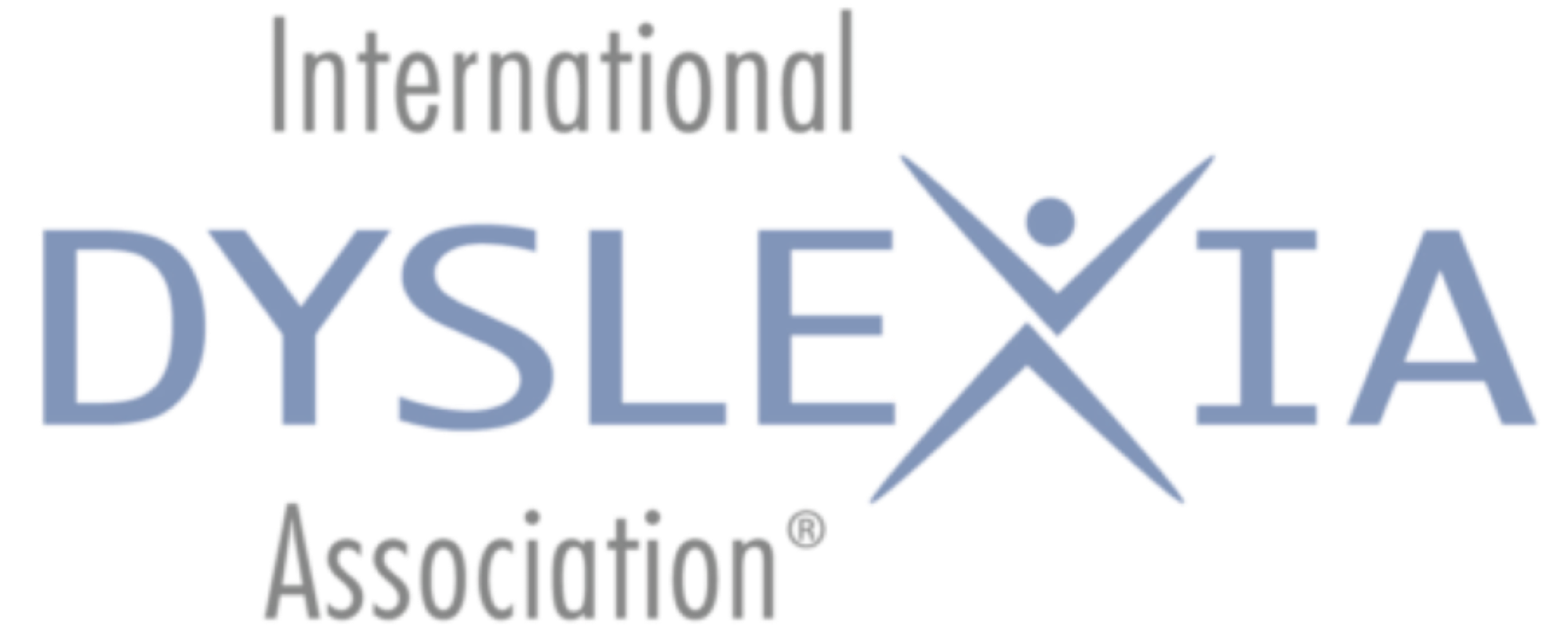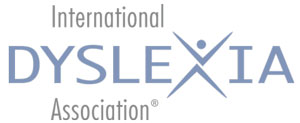“Dyslexia is characterized by difficulties with accurate and / or fluent word recognition and by poor spelling and decoding abilities. These difficulties typically result from a deficit in the phonological component of language that is often unexpected in relation to other cognitive abilities and the provision of effective classroom instruction. Secondary consequences may include problems in reading comprehension and reduced reading experience that can impede growth of vocabulary and background knowledge.”
While the term “dyslexia” was coined by Rudolf Berlin in 1887, a precise definition eluded professionals for more than one hundred years. As scientific research unravelled more of the mystery behind the causes of reduced reading experiences, the term dyslexia caught on and it became increasingly important to reach consensus on a definition.
In 1994, after three years of correspondence with dozens of respected researchers and practitioners, including, among many others in the leadership of the International Dyslexia Association (IDA), Sylvia Richardson, Nancy Hennessy, Margaret Rawson, Marcia Henry, Wilson Anderson, Roger Saunders, Paula Rome, William Ellis, Arlene Sonday, Priscilla Vail, Karen Dakin, Drake Duane, C. K. Leong, Diana King, Catherine Angle, Harley Tomey, and Jane Fell Green, a meeting was held in New York City that included Reid Lyon, Jack Fletcher, Sally and Bennett Shaywitz, Bill Ellis, Byron Rourke, Louisa Moats, Bruce Pennington, Gordon Sherman, Marcia Henry, and Emerson Dickman.
This Definition Consensus Project was led by IDA in partnership with the National Center for Learning Disabilities (NCLD), and the National Institute of Child Health and Human Development (NICHD). The resulting definition helped align the professional community and laid the groundwork for important public policy initiatives going forward. It took an extraordinary commitment from a large dedicated team to reach this important milestone. Participants included:
- G. Emerson Dickman, Secretary, IDA and Project Leader
- G. Reid Lyon, Chief, Child Development and Behavior Branch, NICHD
- Sally and Bennett Shaywitz, Yale University
- Jack Fletcher, University of Texas Medical School, Houston
- William Ellis, NCLD
- Michael Ryan, psychologist;
- Byron Rourke, University of Windsor
- Louisa Moats, author and researcher
- Bruce Pennington, University of Denver
- Gordon Sherman, Harvard University
- Marcia Henry, President IDA
The definition of dyslexia continues to evolve to reflect knowledge born out of ongoing advanced neurological research. In 2002, with sponsorship from the NICHD and the IDA, G. Emerson Dickman reconvened a consensus group to update and expand the IDA’s 1994 definition. Group participants included:
- G. Emerson Dickman, IDA *
- G. Reid Lyon, NICHD *
- Jack Fletcher, University of Texas Medical School *
- Bennett and Sally Shaywitz ,Yale University *
- Susan Brady, University of Rhode Island
- Hugh Catts, University of Kansas
- Guinevere Eden, Georgetown University
- Jeffrey Gilger, California State University, LA
- Robin Morris, Georgia State University
- Thomas Viall, Executive Director, IDA
- Harley Tomey, President, IDA.
The definition created by this group was adopted by the IDA Board of Directors, Nov. 12, 2002. This definition is currently incorporated in many state laws.
* member of both the 1994 & 2002 committees

